|
As I told you in my last blog post, I rendezvoused with the medieval vestments at St. Paul im Lavanttal (Austria) last week. And what a delight it was! The weather was quite hot and thus perhaps not ideal for visiting a museum. This meant that I had the pieces to myself and could take as many pictures as I liked :). I had also brought a tiny bit of replica-stitching to compare with the original; more on that further down. Let me introduce you to the older chasuble housed at St. Paul Abbey. This chasuble dates to the reign of abbot Bertholdus who died in AD 1141. The piece is thus more than 875 years old!!! It never ceases to amaze me how well these vestments are preserved considering their age and the fragile materials they are made of. The chasuble displays scenes from the bible: seven from the New Testament and 16 from the Old Testament. These scenes are not just 'pretty' or an incidental record of certain biblical stories. Instead, the scenes from the Old testament have a theological relationship with those from the New Testament. For instance, the Annunciation is paired with the foretelling of the births of Samson and Izsak. Each of these scenes fits into a square. The scenes from the Old Testament have some writing in them as well. Perhaps while they were and are generally lesser known and/or harder to identify. Further towards the hem, 20 saints are displayed. These saints had a special relationship with the original Abbey of St. Blaise. Along the hem, 36 small roundels display, amongst others, the edifices of the twelve Apostles, St. Paul, prophets, evangelists and the founder of the Abbey: Holy Roman Emperor Otto I (AD 912-973). The priest wearing the chasuble was literally a walking theological learning aid :). And not for the 'common folk' as they would not generally attend mass in the Abbey church. Instead, the chasuble would remind the monks themselves of Christian theology and the lives of the saints. To separate each square, there are smaller squares with mostly geometrical patterns (there are birds and floral patterns displayed in the squares on the 'cross-roads'). And there are a lot of them! I have half-heartedly started to catalogue them and have already counted more than 25 different geometrical patterns. And it is one of these patterns that I started to replicate. At first I thought that the stitch used was closed herringbone. This is however not the case. A row of closed herringbone stitches produces two parallel lines of stitches on the back: back-stitch on the one and split stitch on the other. It was long hold that this was the stitch used on the chasuble. However, when I stitched my copy, I ended up with small gaps where two rows 'bud'. Upon checking the literature again, I saw that during the restauration of the piece it was found that the stitch used is in fact long-armed cross-stitch with a small compensating stitch at the start (diagram). I decided to stitch the same pattern again using DeVere 60-fold loose-twist silk on Zweigart Newcastle 40ct natural linen. And presto! No more gaps and the pattern became nice and square (it really is! pardon my photography). It is still at 41,5 mm a bit bigger than the original. This means that the linen background fabric used was finer than 40ct (!) and the silk too. What I further learned from my wee bit of replica-ing, is that the end-result becomes quite stiff. The bulk of the silk thread is on the front and adds quite a bit of weight to the finished piece.
In the future, I would like to try my hand at one of the non-geometrical scenes. After all, copying a geometrical pattern with what is in essence a geometrical stitch, is not a problem. However, I am in awe at the craftsmanship needed to execute curves and natural forms using rows of long-armed cross-stitch! To me, that makes stitching a scene from the Bayeux Tapestry (c. AD 1070) like a walk in the park :).
10 Comments
Nicola
22/8/2018 08:12:27
Hi Jessica, I recently attended a medieval embroidery retreat here in the UK - focused on opus anglicanum- where we worked a figure using split stitch and underside couch ing. Like you I find the work in these medieval garments to be inspiring - with a few humorous touches in the facial expressions we studied!
Reply
22/8/2018 14:24:54
The retreat sounds lovely Nicola! I never knew that medieval embroiderers used the long-armed cross-stitch; Opus Anglicanum and the later or nue pieces from the Low Countries are so much better known.
Reply
22/8/2018 14:26:39
You are welcome Catherine! I so wished I lived a little closer :). Alas, 450 km is just a little too far to go an see them more often...
Reply
Marina Berts
22/8/2018 10:02:59
Awesome! I do admire all the work you are doing to find out more about these precious medieval embroideries on the copes. It is really exciting to find new information about such old vestments. And you are quite right: in those days, the craftsmanship was elaborate indeed, and we haven't invented anything today! Or almost, anyway :-)
Reply
22/8/2018 14:29:20
I think so too Marina! And I am very grateful that I have the means to travel a bit and see these pieces in person. As they hitherto have been mainly described by art historians and textile conservators, the eye of an embroiderer can perhaps be really helpful in the study of these pieces!
Reply
22/8/2018 14:33:35
Good point Rachel! I always thought that the top stitch would be quite vunerable. And I have seen far younger examples of household linens embroidered with cotton where that is indeed the case. However, I find that with the silk used in these pieces, survival depends on the colour. The yellow and peach (maybe not the original colours) in this cope have survived really well. However, all the white has perished. This is probably due to the fact that white was obtained by bleaching. Another colour which has badly survived is the dark brown.
Reply
Agne
22/8/2018 13:41:02
Jessica, thank you for sharing this story with us. Could we hope to see a new text and some kits in a near or not so near future?
Reply
22/8/2018 14:35:29
Yes!!! I would love to dive straight in, but I have other commitments lined up till the middle of next year. But after that, the copes from St. Paul are on the top of my list :).
Reply
Your comment will be posted after it is approved.
Leave a Reply. |
Want to keep up with my embroidery adventures? Sign up for my weekly Newsletter to get notified of new blogs, courses and workshops!
Liked my blog? Please consider making a donation or becoming a Patron so that I can keep up the good work and my blog ad-free!
Categories
All
Archives
July 2024
|
Contact: info(at)jessicagrimm.com
Copyright Dr Jessica M. Grimm - Mandlweg 3, 82488 Ettal, Deutschland - +49(0)8822 2782219 (Monday, Tuesday, Friday & Saturday 9.00-17.00 CET)
Impressum - Legal Notice - Datenschutzerklärung - Privacy Policy - Webshop ABG - Widerrufsrecht - Disclaimer
Copyright Dr Jessica M. Grimm - Mandlweg 3, 82488 Ettal, Deutschland - +49(0)8822 2782219 (Monday, Tuesday, Friday & Saturday 9.00-17.00 CET)
Impressum - Legal Notice - Datenschutzerklärung - Privacy Policy - Webshop ABG - Widerrufsrecht - Disclaimer

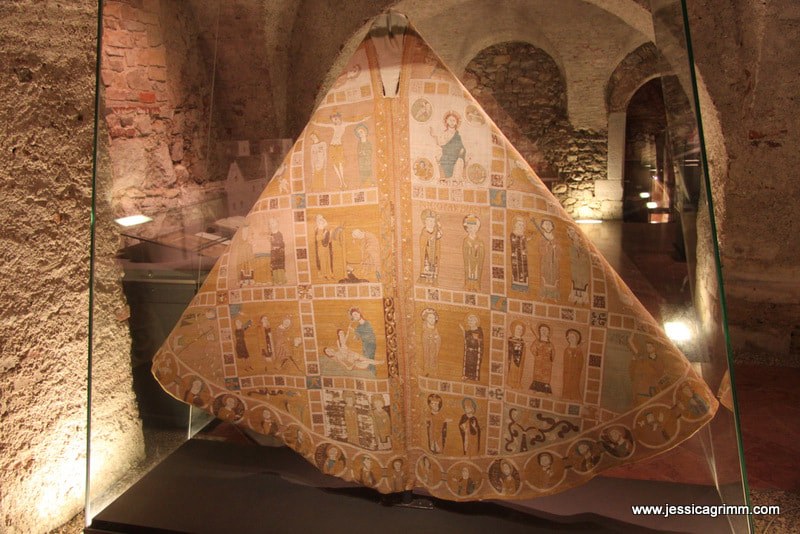
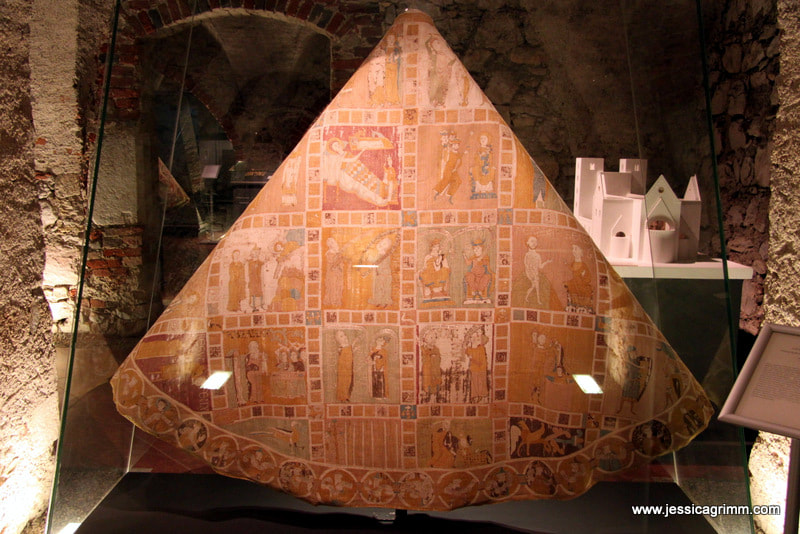
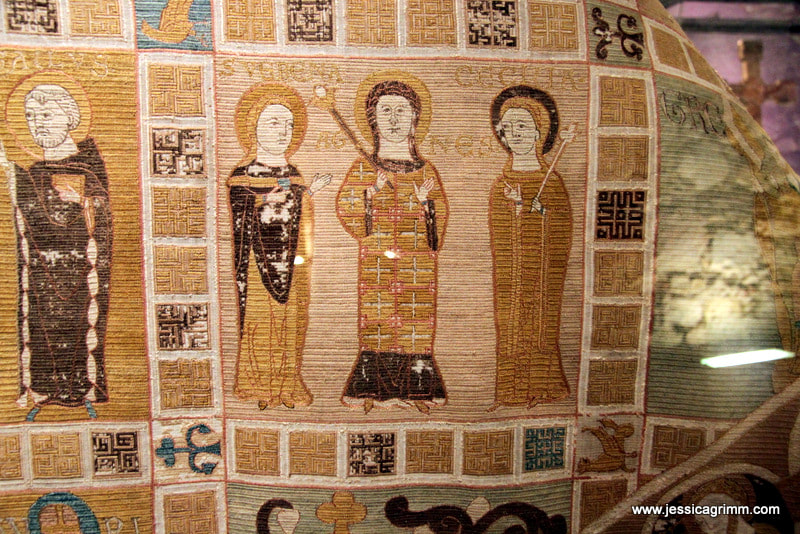
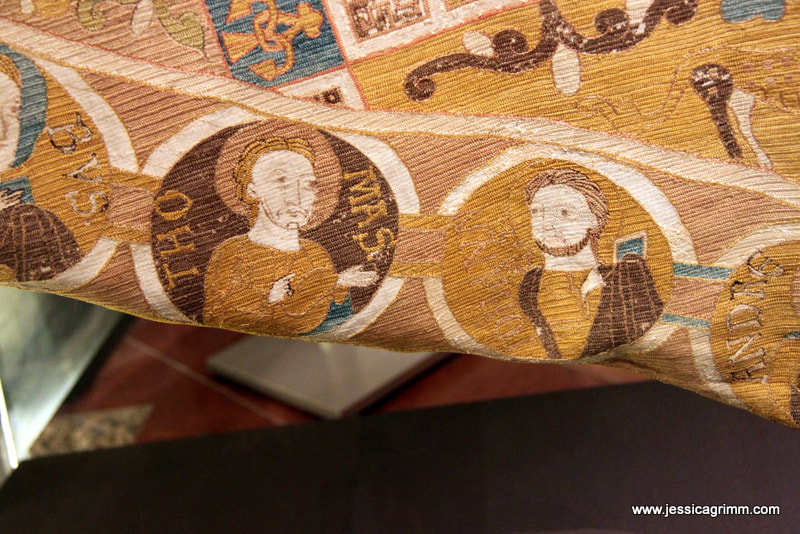
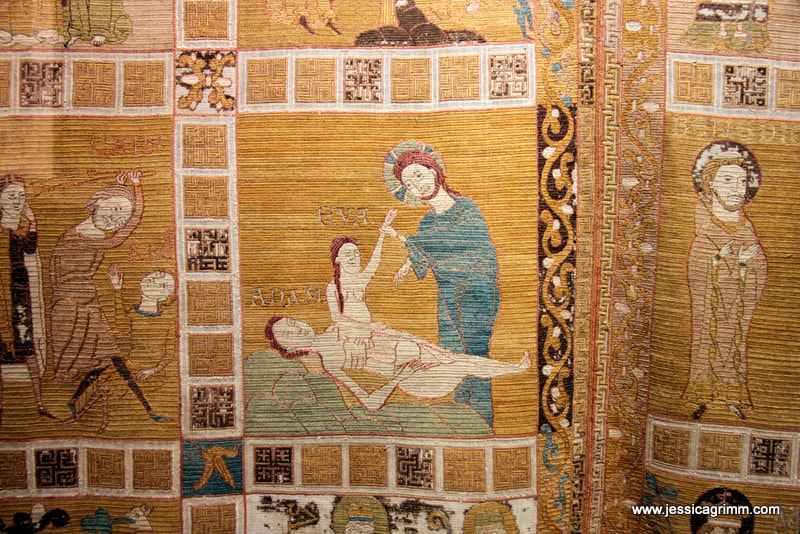
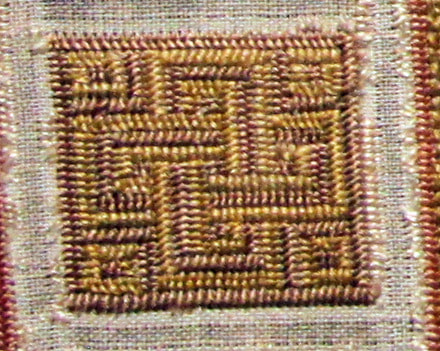
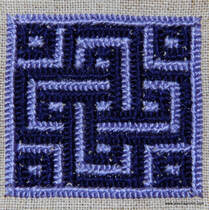
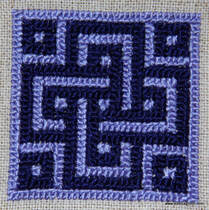





 RSS Feed
RSS Feed